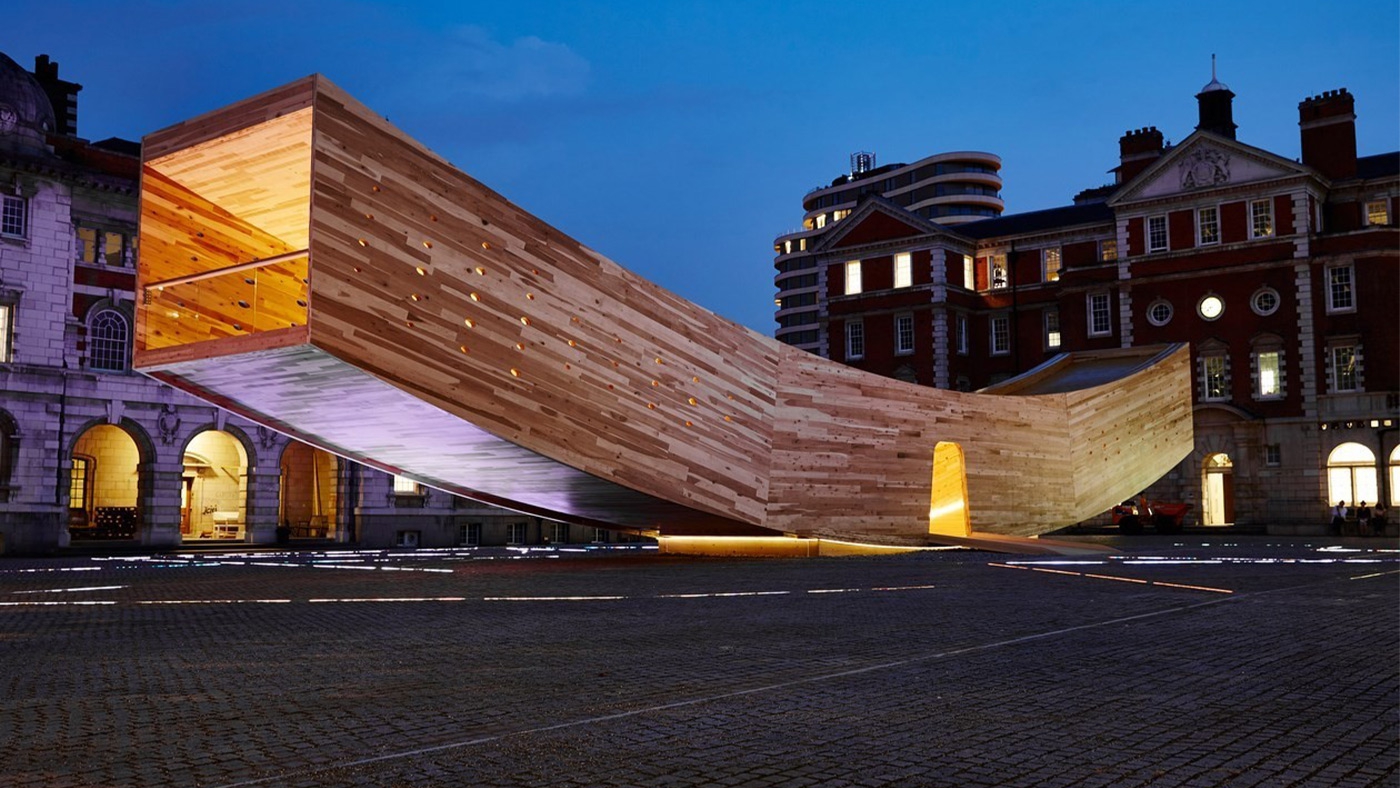Innovation in building materials is an unceasing reality of our construction industry – largely dominated by invincible technology and knowledge. Our comforts and desire to achieve new heights continuously thrives us to explore deeper and further – new or existing. Innovation is not always about creating new technologies or materials but evolving what we already have, evolving the given and experimenting with it. In architecture, it could either be using waste materials artistically, using the basic construction materials in a more cultivated manner following the rule of sustainability or using them in a more designated or expressive way.
1.Insert your content here
CLT is a sustainable and resilient form of engineered wood which does not require burning of any fossil fuels during its construction. It is made by gluing layers of solid-sawn lumber together and layers lay perpendicular to each other making it more tensile and greater compressive strength. Originated in Europe, CLT is now worldly used, plays to be an excellent building material due to faster production, great quality and flexibility in design. The initial costs of the material are higher but when taken an account on the complete building costs, it saves up. Due to its natural-looking aesthetics and strength, designers and builders are now coming up with building CLT based skyscrapers. One of the eye-catchy examples of CLT used in a building is Project Information: Name of the project: the Smile Architect: Alison Brooks Architect Location: London Building Type: Pavilion A 34-meter-long and 3-meter upside down which is doubly cantilevered – Straddled architecture, public art and pavilion at Chelsea College of Art Parade ground that showcases the potential use of CLT.
2.Insert your content here
The rammed earth construction mainly based in Ghana is a locally available material used in a construction system in which earth is compressed into wooden boxes. The abundant clay is then placed in layers of 15cm height and compacted with tools to achieve the resiliency and durability. This material has been highly observed as an aesthetic material in Sub-Saharan continent along with its ecological and economic benefits in constructing housing for 1.7 million homes. Hive Earth has been working on this project in the rural areas of Ghana and one of the examples is as follows.


Add a Comment